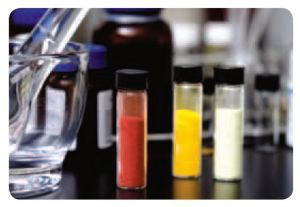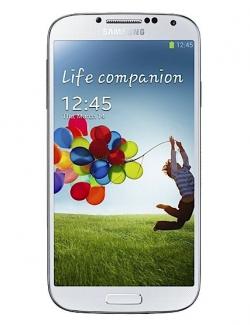Universal Display reported their financial results for Q1 2013. Revenues were $15 million (up 19% compared to Q1 2012) - with a 40% increase in commercial material sales, mostly due to the fact that Samsung Display Corporation (SDC) adopted UDC's green PHOLED (host and emitter) in the 5" Full-HD Super AMOLED dipslay used in the GS4 smartphone (shipments of these new materials started in March). UDC reported a net loss of $4.8 million in the quarter.

Guidance and cash
UDC did not change their revenue guidance for 2013 - it will be in the range of $110 - $125 million (32% to 50% increase over 2012). This includes a $40 million license free from SDC. They assume that the OLED market will grow to over $10 billion in 2013 (they use DisplaySearch estimates). UDC has around $220 million in cash and they used $10.9 million in the first quarter.
Red and Green materials
So it's great to hear final confirmation that the GS4 AMOLED uses the company's green emitter and green host materials. Green emitter sales were $4.6 million (up $3.1 million from Q1 2012) and host sales were $3.1 million. This should go up significantly in the next quarter as SDC only started ordering materials in March (i.e. for only a third of the quarter. Samsung probably used the materials in their inventory as production reportedly started in February).

Red emitter sales were actually down $1.9 million compared to Q1 2012. This is because of volume discounts and improved utilization. The bigger factor was the volume discount, which are cumulative - Samsung reached a certain red emitter purchase threshold (which is not calendar, it is calculated since the beginning of their contract) and now they pay a smaller amount per gram.
The company also reported that they spent around $1 million to help PPG scale up a new red emitter material to commercial status. This new red has an extended lifetime over their previous red emitter.
Patent updates
UDC reported on two favorable patent decisions. The first one is from Japan, regarding two patents (JP781 and JP158) relating to UDC's L2MX technology. The patents were upheld as valid by the Japanese patent office. These two patents encompass one of our three fundamental phosphorescent patent tests. There's still an opportunity to appeal on that one.
The second decision related to one of the OVJP patents in Korea. The Korean patent office issued a favorable decision which upheld the patent as valid.
Source: Universal Display, Seeking Alpha
Disclosure: the author of this post holds some shares in Universal Display

